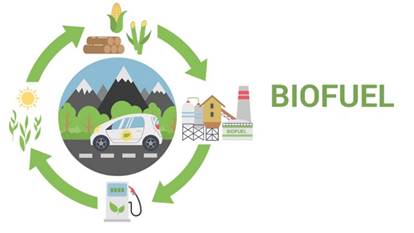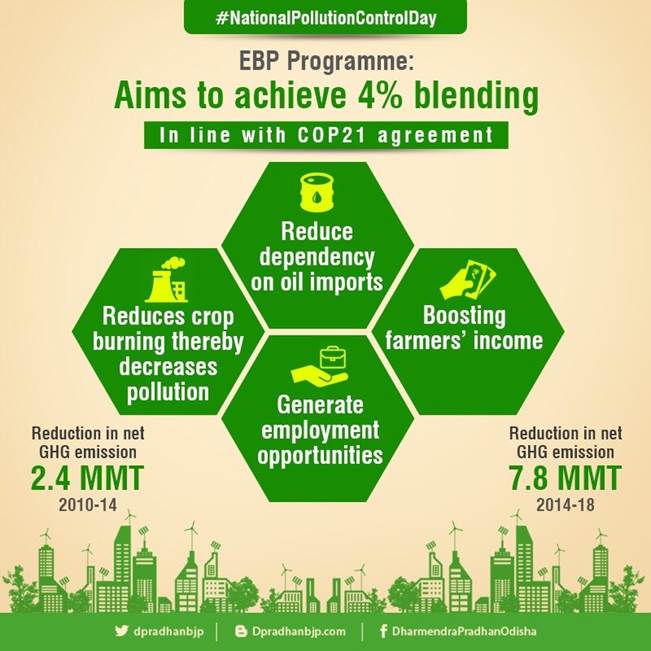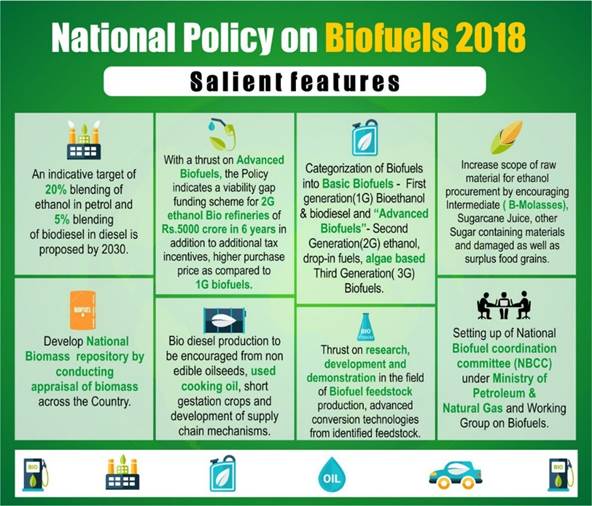Free Courses Sale ends Soon, Get It Now


Free Courses Sale ends Soon, Get It Now



Disclaimer: Copyright infringement not intended.
Context
Biofuels
Categories of biofuels
Note: The prices of both sugarcane and bio-ethanol are set by the central government.
India’s Biofuel Economy


What are 1G and 2G biofuels?
Benefits of India’s ethanol blending mandates include:
Major programs supporting the development of biofuels production and use in India include:
Measures that can improve Bio-fuel economy:
© 2024 iasgyan. All right reserved